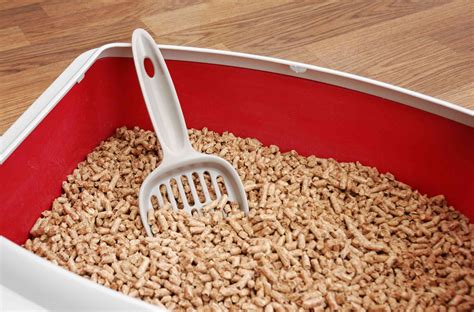Introduction
Cats are beloved companions that bring immeasurable joy to our lives. However, their litter boxes can present a significant challenge: controlling odor and maintaining a clean environment. This becomes even more crucial for cats with joint discomfort, whose litter box needs may change over time.

The Importance of Litter Box Maintenance for Joint Health
As cats age, they may develop joint pain and stiffness, known as osteoarthritis. This condition can make it difficult for them to enter and exit their litter box, leading to avoidance and inappropriate elimination.
Figures:
- Over 90% of cats over 10 years of age have some degree of osteoarthritis.
- Arthritis is the leading cause of mobility issues in cats.
Cat Litter Considerations for Joint Health
Choosing the right cat litter for a cat with joint pain is essential. Here are key factors to consider:
Texture and Particle Size
Avoid litter with sharp or coarse particles that can irritate paws. Opt for soft, gentle options like paper-based or crystal litter.
Depth
Shallow litter boxes (1-2 inches) are easier for cats to step into and out of, reducing strain on their joints.
Odor Control
Odor control is paramount to prevent avoidance. Choose litter with strong odor absorption capabilities, such as activated carbon or clumping clay.
Odor Control Strategies
Beyond litter selection, there are several ways to manage litter box odor effectively:
Regular Scooping
Scoop the litter box daily to remove solid waste, preventing bacterial growth and odor buildup.
Baking Soda
Sprinkle baking soda on the bottom of the litter box to absorb odors. Replace every few days.
Odor-Eliminating Spray
Use a pet-safe odor-eliminating spray around the litter box area, following the manufacturer’s instructions.
Air Purification
Place an air purifier near the litter box to remove odor particles from the air.
Innovative Solutions for Future Trends
The pet industry is constantly evolving to address the needs of our furry friends. Here are emerging trends for cat litter and odor control:
Self-Cleaning Litter Boxes
These devices automatically scoop and dispose of waste, reducing odor and maintenance time.
Biodegradable Litter
Environmentally friendly litter options made from renewable materials like corn or wheat are becoming increasingly popular.
Odor-Trapping Filters
Litter filters can be placed in the litter box to absorb odors and extend litter life.
Conclusion
Maintaining a clean and odor-free litter box is crucial for cats’ overall health and well-being, including their joint health. By understanding the unique needs of cats with arthritis, pet owners can provide an optimal litter box environment that supports their mobility and comfort. As technology and innovation continue to advance, we can expect even more sophisticated solutions to emerge, enhancing the bond between humans and their beloved feline companions.





















